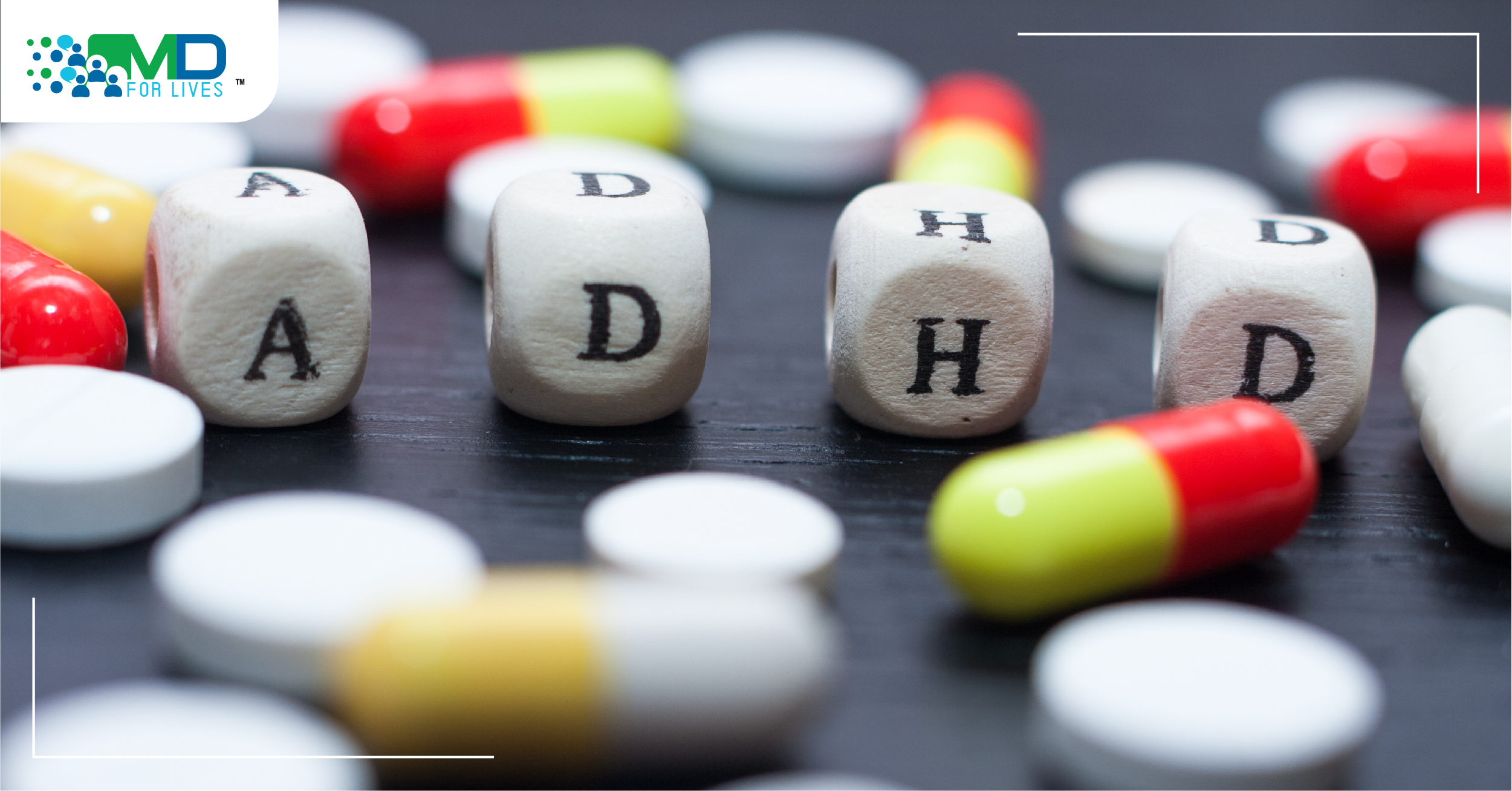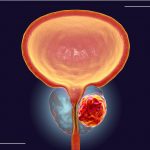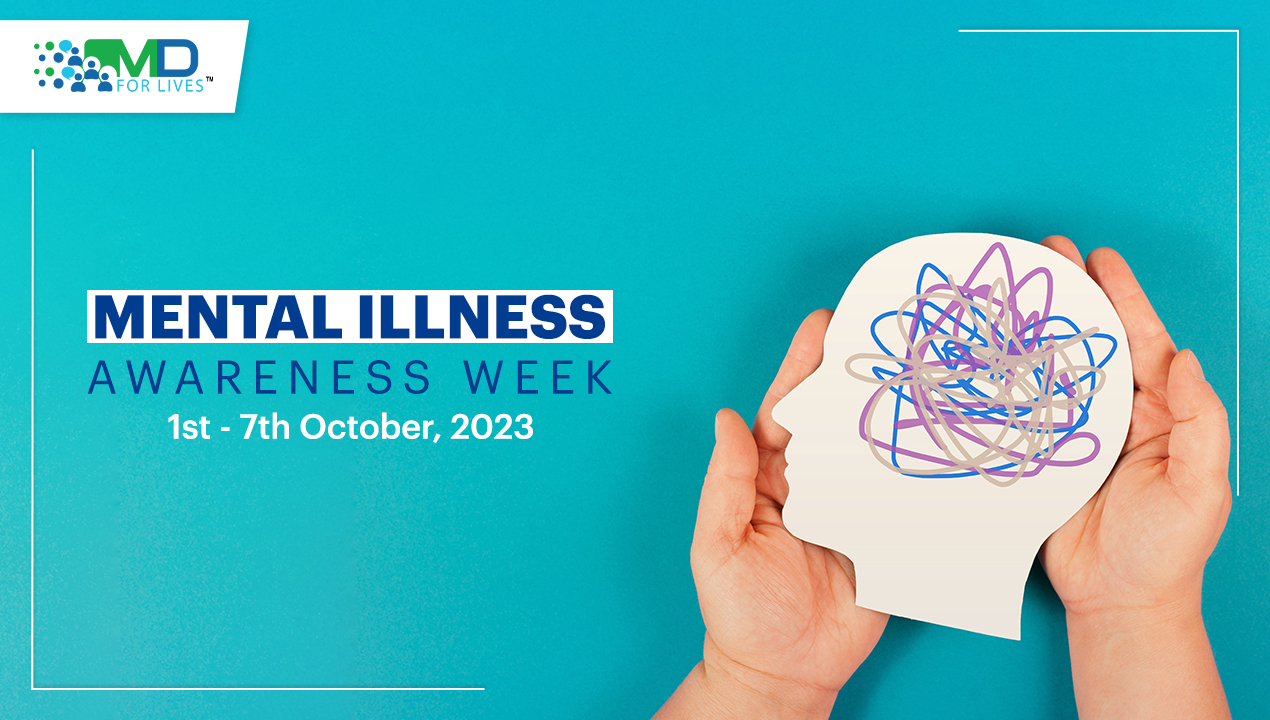The FDA has approved Qelbree (SPN-812), for children aged 6 to 17 years with attention deficit hyperactivity disorder (ADHD). Qelbree, the first new ADHD drug in a decade for children is developed by Supernus pharmaceuticals.
The worldwide prevalence of ADHD is estimated to be 5.3%. According to the national 2016 parent survey conducted by CDC, approximately 6.1 million children in America were diagnosed with ADHD Current guidelines recommend stimulants (methylphenidate and amphetamine) or non-stimulants (guanfacine, clonidine, and atomoxetine) and/or behavioral therapy for ADHD. Stimulants are more effective and have remained the mainstay of treatment for decades.
Qelbree (viloxazine extended-release capsules), the non-stimulant is now approved by FDA for ADHD in children. The approval was based on the results of four phase 3 trials. The findings suggest that SPN-812 is effective in reducing ADHD symptoms in children compared to placebo.
Understanding ADHD
Attention deficit hyperactivity disorder (ADHD), the common neurocognitive behavioral developmental disorder in childhood often persists into adulthood. ADHD is characterized by persistent symptoms of inattention, impulsivity, or hyperactivity and is highly recognized as a serious psychiatric condition.
Neuroimaging and genetic studies suggest that ADHD is a complex neurobiological disorder indicating that multiple regions of the brain and several neurotransmitters are implicated in ADHD. The structural changes in specific brain regions are seen in people with ADHD, including smaller brain volumes, delay in cortical maturation, reduced gray matter volumes, etc. The association of brain structural changes and ADHD symptoms in childhood is more prominent than in adulthood. Studies have also shown an association between dopamine transporters and ADHD.
A recent study discovered that autism spectrum disorder and ADHD share changes in the same gene. A new study suggests low maternal vitamin D levels can increase the risk of ADHD in the offspring. Maternal hypothyroidism may interfere with fetal neurodevelopment and contribute to ADHD.
With an increase in the prevalence of ADHD, there has been extensive research over the past decade on pharmacotherapy for ADHD, resulting in a remarkable expansion of ADHD treatment options for both children and adults.
SPN-812 for ADHD
Current medications for ADHD include stimulants and non-stimulants. Stimulants are more efficacious and considered as first-line therapy for ADHD; however, stimulants have limitations, potential risks, and intolerability. Stimulant use has also been associated with serious cardiovascular events. Furthermore, a parallel rise of stimulant misuse in school-aged children has been reported.
Non-stimulants can be an alternative treatment for ADHD but the efficacy is lower than stimulants and also has its drawbacks. The non-stimulants have delayed onset of action. The side effects include abdominal pain, nausea and vomiting, fatigue, decreased appetite, etc. Also found to have cardiovascular effects. The limitations of the currently available medication for ADHD directed to a search of new treatment options.
SPN-812 (extended-release viloxazine), the serotonin-norepinephrine modulating agent has exhibited effects on serotonin receptors and the norepinephrine transporter. In vivo, viloxazine increased serotonin, norepinephrine, and dopamine in the prefrontal cortex (PFC), a brain region that highly influences response inhibition in ADHD.
The efficacy and the safety of SPN-812 were evaluated in children with ADHD. The phase II, double-blind, placebo-controlled clinical trial conducted in children aged 6 to 12 years showed a significant reduction in ADHD symptoms and was well-tolerated.
Four pivotal phase III clinical trials evaluated the efficacy, safety, and tolerability of SPN-812 in more than 1000 patients (aged 6 to 17 years) with ADHD. The study assessed the SPN-812 as monotherapy in multicenter, randomized double-blind, placebo-controlled, 3-arm, parallel-group studies. Two clinical trials were conducted in children aged 6-11 years including 6-week low-dose trial (100- and 200-mg/day SPN-812 vs. placebo) and 8-week high-dose trial (200- and 400-mg/day SPN-812 vs. placebo). Also, 6-week low-dose trial (200- and 400-mg/day SPN-812 vs. placebo) and 7-week high-dose trial (400- and 600-mg/day SPN-812 vs. placebo) were conducted in adolescents aged 12–17 years.
The primary efficacy outcome in all studies was the change in ADHD-RS-IV total score from baseline to endpoint. Statically significant improvement of symptoms was observed in three of the four trials. The fourth study failed to meet the primary efficacy endpoint and was considered negative.
The results suggest all doses of SPN-812 are efficacious, significantly reduced the symptoms of ADHD, and are well tolerated in children and adolescents (aged 6 to 17 years) compared to placebo. A low incidence of adverse events (mild to moderate) was observed with a low rate (< 5%) of discontinuation due to adverse events.
The clinical trials suggest that SPN-812 may be an effective, safe, and well-tolerated treatment option for ADHD in children and adolescents (6 to 17 years of age).
Qelbree is expected to be available from the second quarter of 2021 with a boxed warning linking Qelbree to an increased risk of suicidal thoughts and behaviors.







